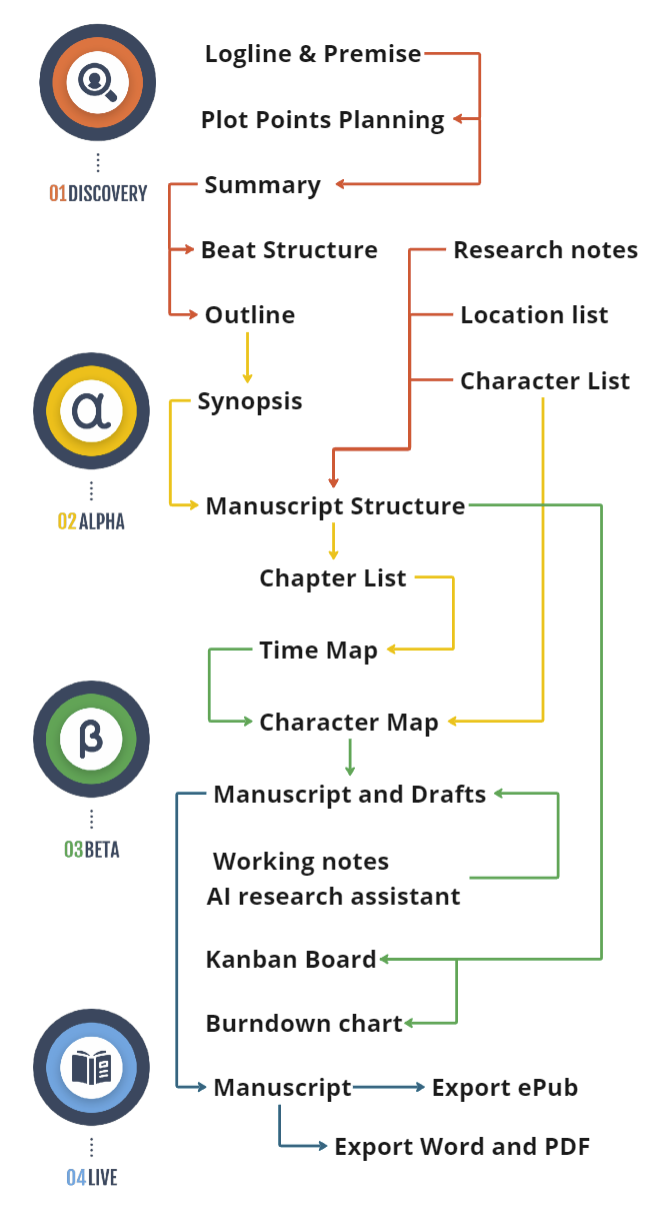Writing something that entertains is valuable, but writing something that resonates on a thematic level can be transformative. Thematic depth doesn’t mean preaching to readers or weighing down scenes with heavy-handed symbolism. Instead, consider each chapter a conversation between the protagonist and the moral question or central argument of the book. When carefully woven, a theme offers a unifying thread that elevates the entire narrative, echoing in the minds of readers long after they finish.
A thematic thread is the recurring idea, question, or philosophical stance that drives a story’s emotional heart. It’s not a mere motif, like a color or object that repeats. Rather, it’s a viewpoint—like the clash between duty and freedom, or the cost of vengeance, or the power of forgiveness. Every major beat can reflect the theme in subtle or overt ways, ensuring the theme remains alive through small references, character choices, or subplots that mirror or invert the main argument.
Novelists committed to deeper storytelling benefit from an explicit focus on theme. If your early feedback says, “The story’s fun, but I’m unsure what the takeaway is,” or “It feels like it’s missing a unifying meaning,” weaving in a cohesive theme can grant an extra layer of memorability. Established authors refining their voice also discover that recognizable thematic threads make their work stand out, forging a distinct identity in a crowded market.
- Define Your Guiding Question
Ask yourself: What philosophical or moral dilemma is at the core of this tale? Maybe it’s “Does power always corrupt?” or “Will love triumph over ambition?” Write it down, and let it guide future revisions. - Revisit Key Beats
Identify the catalyst, midpoint, and dark night of the soul. At each turning point, tie a character’s decision or new insight back to your guiding question. For instance, if your theme is about corruption, show how a character confronts (or avoids) a moral compromise at these stages. - Develop Contrasting Subplots
Secondary characters can represent alternative takes on the theme. A best friend might embody unwavering ethics, while another ally reveals a slippery slope. Their clashes with the hero highlight different angles of the central question. - Use Symbolic Echoes
Without going overboard, weave in subtle references—a recurring phrase, an image, or a shared anecdote—that resonates with the theme. Objects might shift in meaning. A broken watch, for example, can morph into a symbol of time lost or halted progress on the moral path. - Close The Loop
In the finale, demonstrate resolution. It doesn’t have to be a neat, definitive answer—literary novels often end on ambiguity—but at least illustrate how the hero’s arc and the theme connect. Readers should feel the protagonist earned new perspective or growth regarding that central conflict.
When every piece of a novel orbits a unifying concept, readers sense a deeper coherence. Scenes land harder emotionally because they’re tied to something bigger than just an immediate crisis. Readers often say, “The story spoke to me,” or “It made me think,” when a novel’s thematic undercurrent is strong. And thematically rich novels frequently endure, continuing to attract discussion and analysis for years.
Take a fresh look at your existing outline or a complete draft. Ask: “What is this really about?” Note the recurring moral or philosophical dilemmas. Draft a single guiding statement or question. Then comb through major beats—do they echo or challenge this statement? Revise to align each turning point more closely with the thematic thread, and see how your novel’s resonance deepens.




